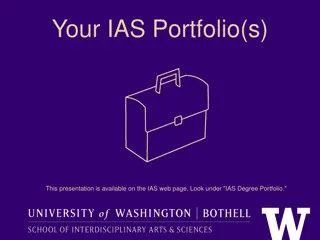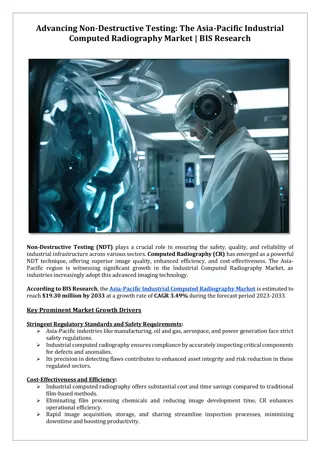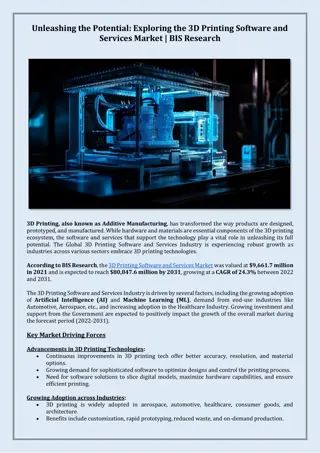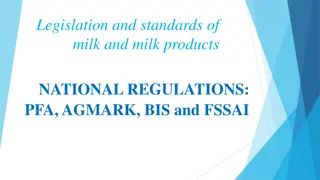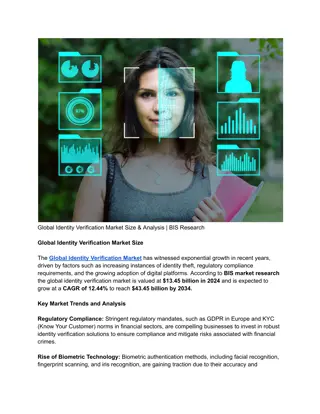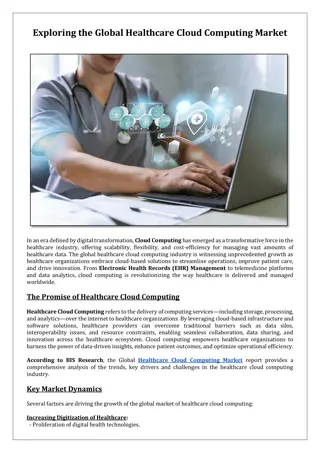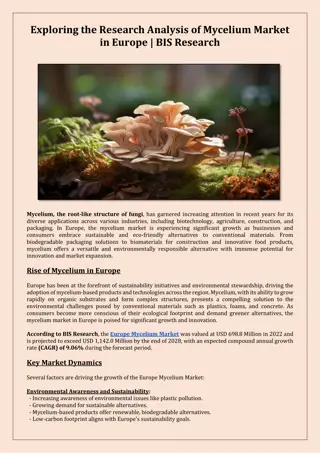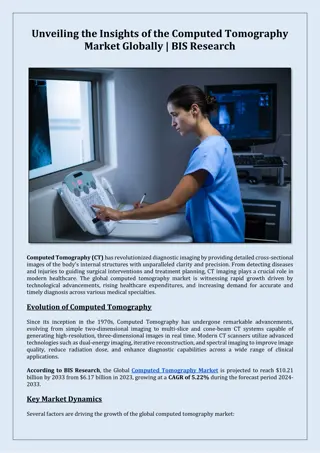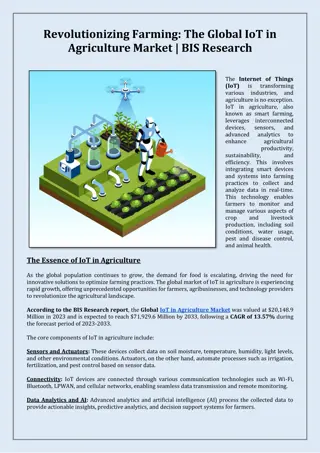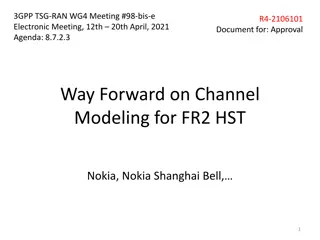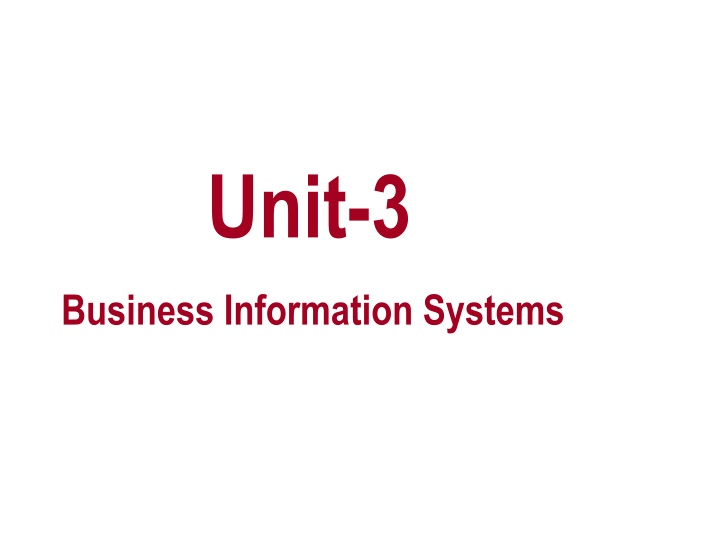
Enhancing Business Value Through Cross-Functional E-Business Systems
Discover the significant business value provided by cross-functional e-business systems such as Enterprise Resource Planning, Customer Relationship Management, Supply Chain Management, and Enterprise Collaboration tools. Learn how these systems benefit companies, customers, and business partners.
Download Presentation

Please find below an Image/Link to download the presentation.
The content on the website is provided AS IS for your information and personal use only. It may not be sold, licensed, or shared on other websites without obtaining consent from the author. If you encounter any issues during the download, it is possible that the publisher has removed the file from their server.
You are allowed to download the files provided on this website for personal or commercial use, subject to the condition that they are used lawfully. All files are the property of their respective owners.
The content on the website is provided AS IS for your information and personal use only. It may not be sold, licensed, or shared on other websites without obtaining consent from the author.
E N D
Presentation Transcript
Unit-3 Business Information Systems
Chapter Objectives Identify each of the following cross-functional e-business systems and give examples of how they can provide significant business value to a company and its customers and business partners. Enterprise resource planning Customer relationship management Enterprise application integration Supply chain management Groupware
Enterprise Resource Planning Integrated Logistics Production Planning Sales Distribution, Order Management Customer/ Employee Accounting and Finance Human Resources
Customer Relationship Management Retention and Loyalty Programs Marketing and Fulfillment Sales Cross-Sell Up-Sell TeleSales Store Front and Field Service Customer Customer Service and Support Contact Management
Supply Chain Management Supply Chain Life Cycle Schedule Make Deliver Commit Order Demand Planning Manufacturing Planning SCM Functional Processes Commitment Advance Scheduling Distribution Planning Transportation Planning SCM Integrated Solution Internetworked Supply Chain Management
Tools for Enterprise Collaboration Enterprise Collaboration System Collaborative Work Management Tools Electronic Communications Tools Electronic Conferencing Tools E-Mail Voice Mail, I Phone Web Publishing Faxing Data Conferencing Voice Conferencing Videoconferencing Discussion Forums Electronic Meetings Calendaring Task and Project Mgt Workflow Systems Knowledge Mgt Document Sharing
Functional Business Information Systems Marketing Production Operations Human Resource Management Functional Business Systems Accounting Finance
Marketing Information Systems Marketing Information Systems Customer Relationship Management Sales Force Automation Sales Interactive Marketing Management Market Advertising and Promotions Product Management Research and Forecasting
Targeted Marketing Context Content Demographic/ Psychographic Online Behavior Community
Manufacturing Information Systems Intranet Computer Integrated Manufacturing Manufacturing Resource Planning Manufacturing Execution Systems Shop Floor Scheduling Machine Control Process Control Robotic Control Engineering Systems Remote Worker CAD CAE Computer- Aided Process Planning Production Forecasting Production Scheduling Quality Control Supplier Extranet
Human Resource Management Training & Development Compensation Administration Staffing Manpower Planning Labor Force Tracking Succession planning Performance appraisal plans Contract costing Salary forecast Strategic Systems Labor Cost Analysis Turnover Analysis Compensation effectiveness Benefits Analysis Training effectiveness Career matching Tactical Systems Payroll control Benefits Administration Recruitment Workforce Planning Skill assessment Performance evaluation Operational Systems
Financial Information Systems Financial Information Systems Capital Budgeting Investment Management Financial Planning Cash Management
Chapter Summary The e-Business Application Architecture reflects the key e-business applications and their interrelationships. Cross-functional enterprise applications cross the boundaries of traditional business functions. These systems focus on supporting integrated clusters of business processes. Supply Chain Management relies on information technology and management practices to optimize information and product flows among the processes and business partners within the supply chain.
Chapter Summary (cont) A transaction processing system is an information system that processes data resulting from the occurrence of business transactions. Traditional functional business systems support specific business functions including marketing, accounting, finance, production/operations, and human resource management. Marketing information systems support traditional and e-commerce processes and management of the marketing function.
Chapter Summary (cont) Computer-based manufacturing systems help a company simplify, automate, and integrate many of the activities needed to quickly produce high-quality products to meet changing customer demands. Human resource information systems support human resource management in organizations.

